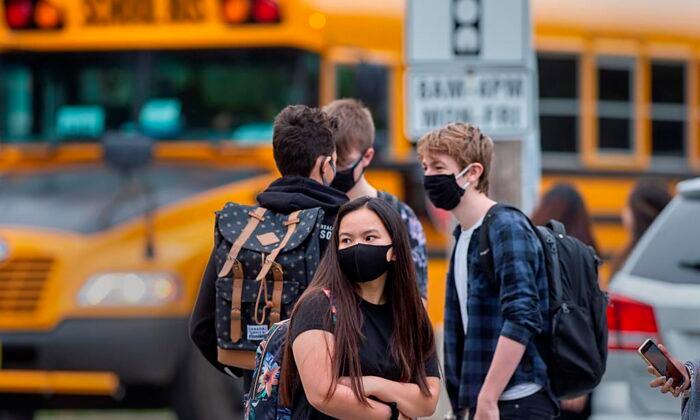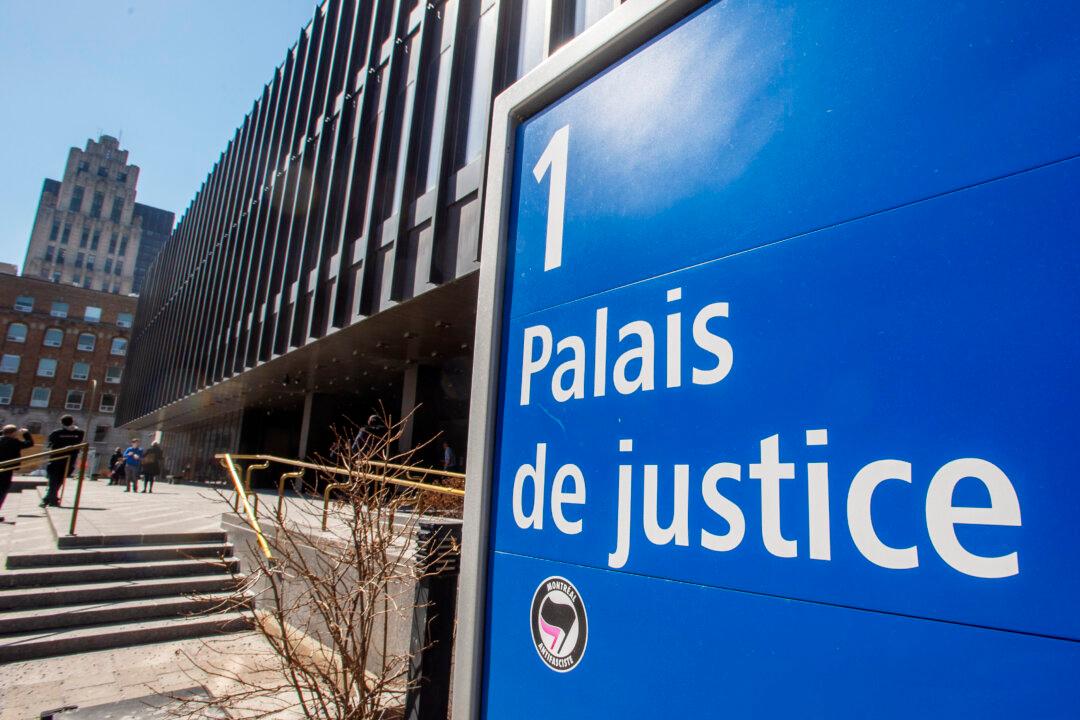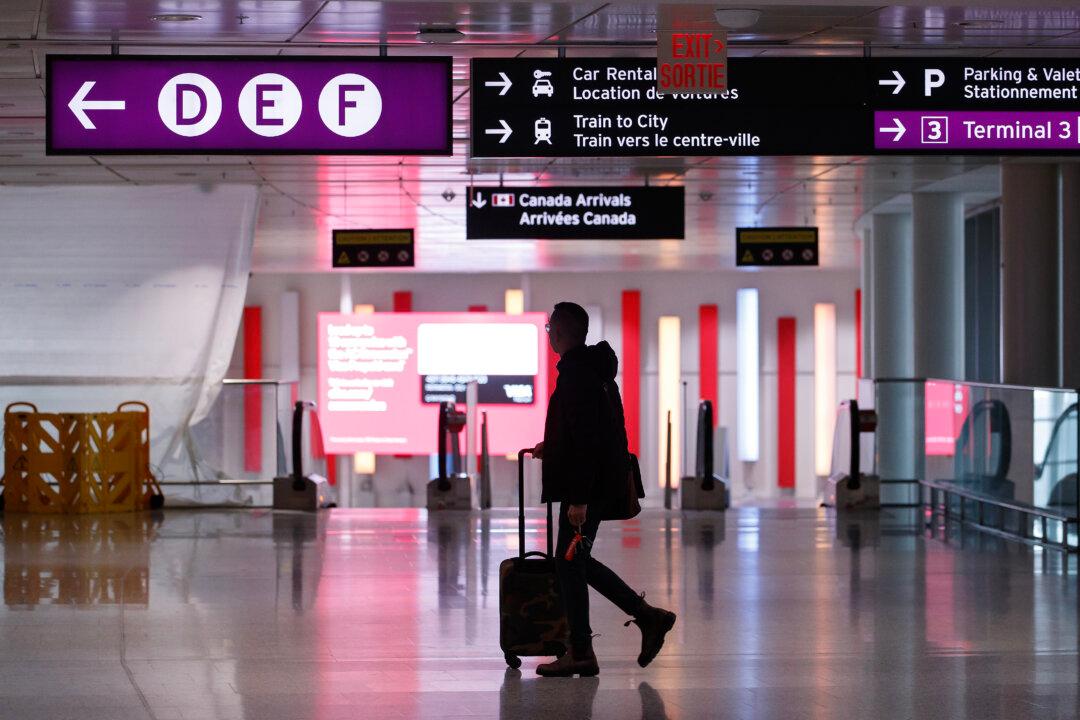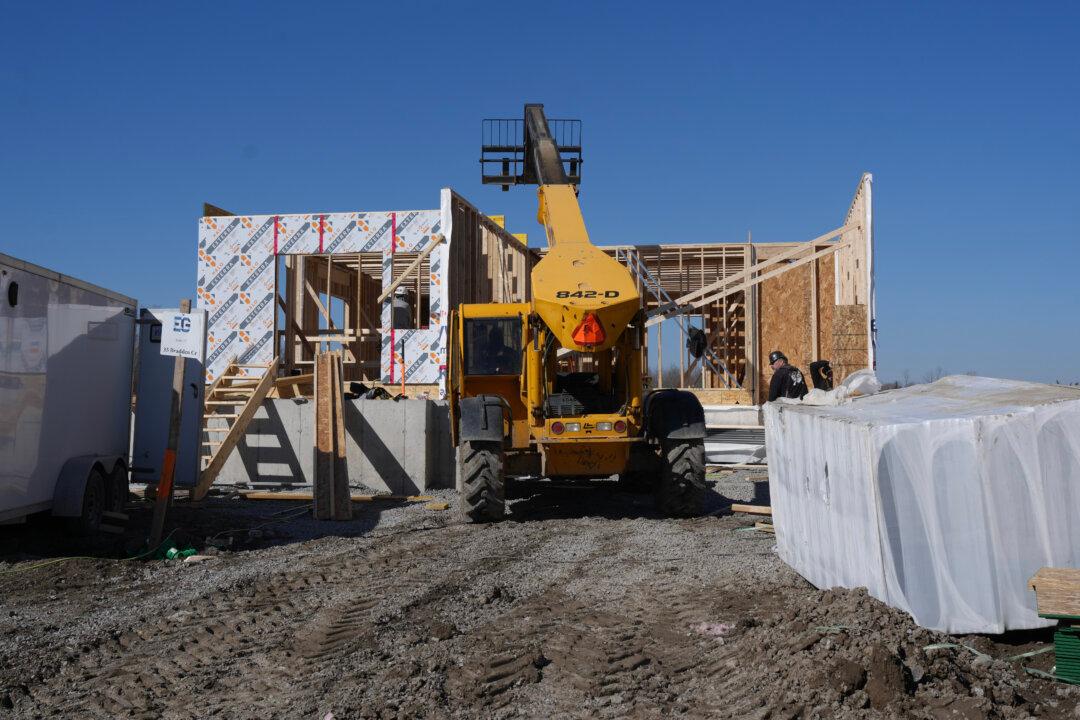Thousands more students returned to class amid myriad pandemic precautions touching nearly every aspect of school from the lunch room to the playground, with officials stressing Tuesday the need for vigilance as school-linked cases of COVID-19 continued to emerge.
The staggered start opened doors to elementary and high school students in six provinces, but confidence in the new requirements was especially tested in Ottawa where officials told 193 students and seven staff to stay home after linking them to COVID-19 infections.
Those cases were associated with five French-language Catholic schools where some students returned earlier this month, and officials said they were not contracted in the school setting.
Meanwhile in Saskatchewan, students at an elementary school in Indian Head, a town east of Regina, began the year with online learning because a staff member tested positive for the virus.
The Prairie Valley School Division said other staff must isolate for 14 days and the plan is to start in-person classes next week.
Canada’s chief public health officer emphasized the importance of reducing community transmission in order to shield schools from infection.
“This week I think is a really critical week—and for sure next week—because then you would have had some idea of what happens when you go back to school,'' said Dr. Theresa Tam, also noting the difficulty in recognizing COVID-19 in children who can display vague symptoms easily mistaken for other ailments.
“I think the prudent thing when someone is symptomatic is keep them at home, don’t go to school, but also call up the local public health hotline and figure out if a child needs to be tested.'’
Meanwhile, the Quebec government said up to 120 schools may have already been affected by COVID-19 since classes began last week.
Seventy schools have recorded at least one case since Sept. 1, ranging from elementary through high school. The remaining 50 schools, including 19 in the Montreal area, are listed as having potential cases.
In Ontario, Premier Doug Ford’s government continued to face criticism over its back-to-school plan, especially class sizes.
That was top of mind for Adam Walker as his two daughters returned to school in Kingston, Ont.
He says one daughter sent him a text to let him know her Grade 10 class has 31 students. He says his other daughter, who is in Grade 7, is in a class of 28 students being taught in the library to help with physical distancing.
“It’s scary and we’re concerned for our health as well,'' says Walker.
Ontario is among the provinces offering a mix of in-person classes and online learning for students who opt to stay home.
In some provinces, remote learning is limited to those with medical conditions.
Experts say returning to class is important for children’s social and academic development.
Ontario’s education minister says he understands students, parents and teachers are concerned about the reopening.
“If we continue to follow public health advice ... I do believe that students can return to a safe and positive environment,'' Stephen Lecce said in an interview.
Other boards in Ontario have delayed their restart over the next two weeks, with the country’s largest, the Toronto District School Board, set to begin a staggered opening next Tuesday.
In Newfoundland and Labrador, Education Minister Tom Osborne says the majority of $13 million in federal school funding has gone to address busing.
Osborne says $10 to $11 million will go towards contracting additional bus services to allow for more space between students travelling to school.
Tam urged a shared effort to contain cases as they emerge and closely monitor for any sign of COVID-19.
“It’s not going to be easy, but I think reacting very quickly to an initial individual with any kind of symptom remains very much a cornerstone of our response,'' Tam said.






Friends Read Free